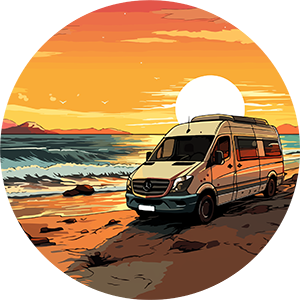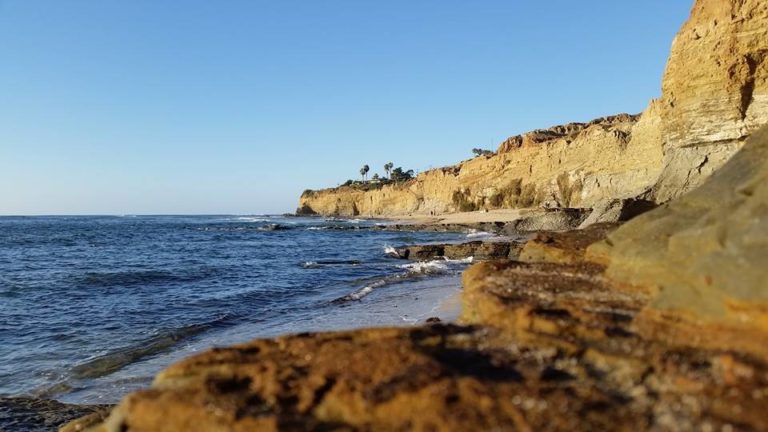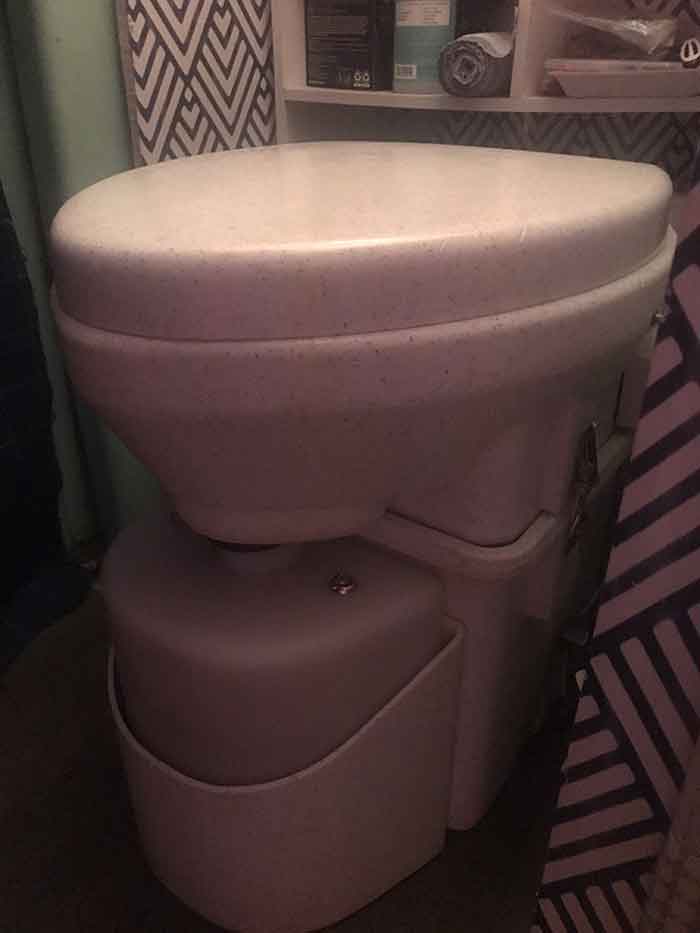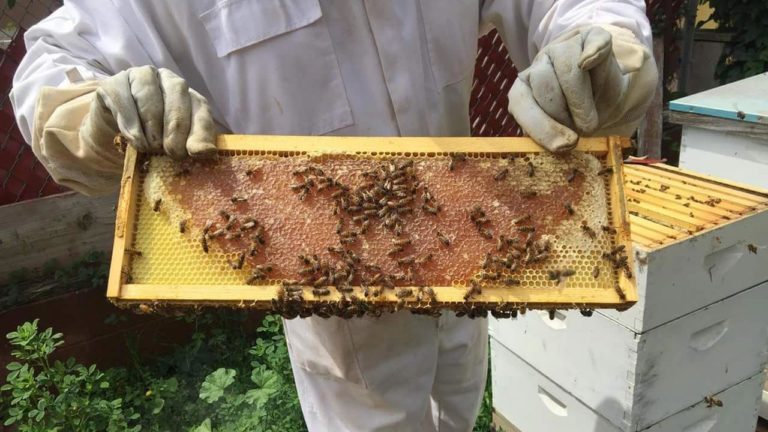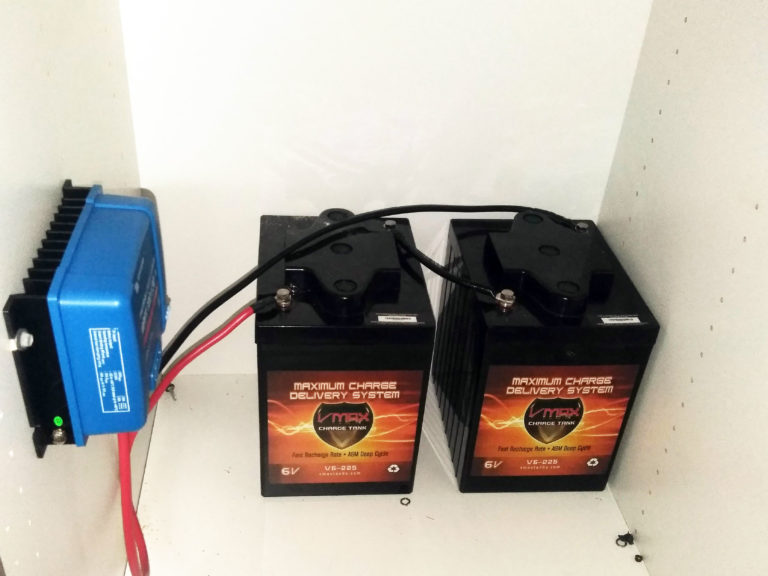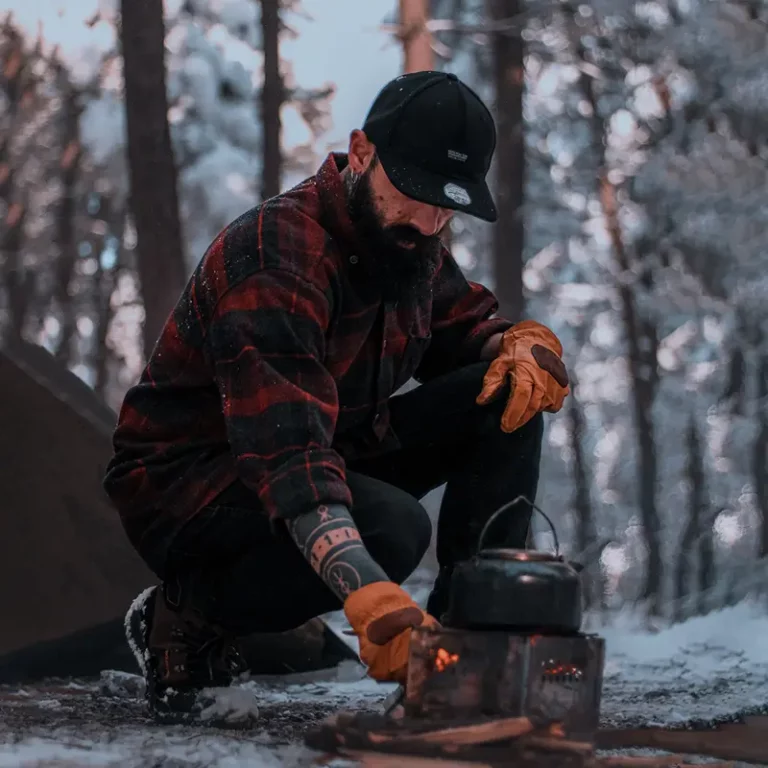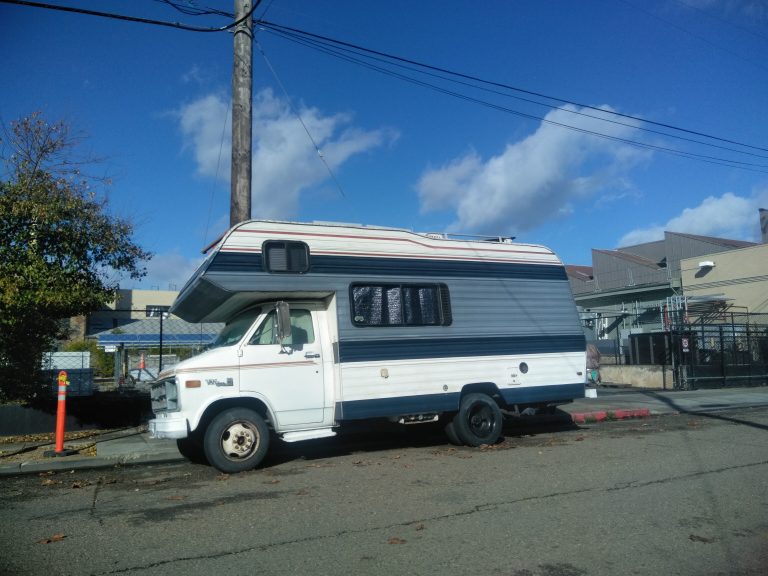Did you know there’s tons of public land in the United States that was set aside for all of us to enjoy? The Bureau of Land Management, or BLM, is part of the Department of the Interior and they oversee all of the public lands in America. They manage over 247 million acres of public land. That’s one eighth of all of the land in the United States!
The BLM is a massive branch of the Department of the Interior and they oversee and endless amount of information for our public land. Including hunting and fishing, land conservation, energy production and more. Now, they do an “all of the above” approach to energy. So, they have solar, coal, oil and wind power facilities on the public lands. They even have a program to ensure the health of wild horses and burros on public land in 10 different US states.

Click Here To Go To The Official
Bureau Of Land Management Website
How Did BLM Start?
The original idea of these public lands were to help promote homesteading and westward migration in the early years of the United States. At this time, the government had created the General Land Office (GLO) in 1812. As the views of the American public changed over time so did the government. In 1946 the United Stated Congress merged the GLO and the US Grazing Service and created the Bureau of Land Management. And ever since then there have been free public lands for every American to enjoy.

How to Camp on BLM Land
Some campsites on BLM land can have facilities and amenities but many of them just have a picnic table and a fire ring. So be prepared for the specific campsite you are going to. You wouldn’t want to go to a campsite with no toilets and not be expecting it! And with these campsites there are, of course, camping fees. Now, these fees do vary in price depending on the campsite and the amenities available. However, if you want, you can avoid these fees, as they can add up very quickly on an extended camping trip. All you have to do is go dispersed camping.
Dispersed camping is not for everyone, it’s camping without any amenities. This means that you set up your campsite and fire ring as you want and camp out in the real wild. Of course when camping this way it does require you to be much more resourceful. Some things to keep in mind are making sure to bring enough food and water. And knowing what to do when, well, nature calls. All of this becomes much easier though if you are traveling in an RV or Tiny Home. As with these options you could have solar power, water tanks and even a toilet.
According to the BLM website, if you’re doing dispersed camping, you can stay up to two weeks at one spot. Of course there are some limitations, here’s the rules directly from the BLM:
“Dispersed camping is allowed on public land for a period not to exceed 14 days within a 28 consecutive day period. The 28 day period begins when a camper initially occupies a specific location on public lands. The 14 day limit may be reached either through a number of separate visits or through 14 days of continuous overnight occupation during the 28 day period. After the 14th day of occupation, the camper must move outside of a 25 mile radius of the previous location until the 29th day since the initial occupation.”

Why Camp on BLM Land?
Staying on BLM land can be an amazing experience! Laying out under the stars in the true wild is something you’ll never forget. Of course you can get a similar experience at other campgrounds. But if you take advantage of the dispersed camping, you can get a lot more in touch with mother nature. And you won’t have to deal with loud, rowdy campsite neighbors. There’s millions of acres for campers to spread across, giving you a one-on-one with mother nature. Of course, you don’t have to camp away from everyone. You could always have a group go out to some BLM land together. This will definitely save on camping costs too, as group campsites are a lot more pricey than you regular ones.
If you have a tiny home, skoolie, RV or even if you live the van life BLM land is the perfect way to travel across the US. With a composting toilet and a good solar set up you can easily take advantage of the 2 week stay limit on the dispersed camp sites. And even after the 2 week stay you only have to move 25 miles away from your original campsite. You could literately live on BLM land for free as long as you can move 25 miles every two weeks. Of course you’d need to make money somehow and that’s tough when you’re in the middle of no where. You’re only real option to live long term on the public lands is to either have a disposable income and no responsibilities. Or, have a passive income and a company you can run from anywhere.
